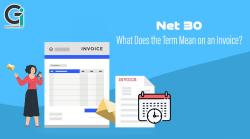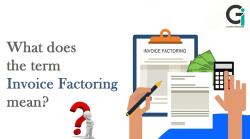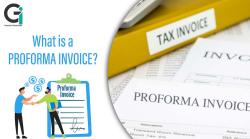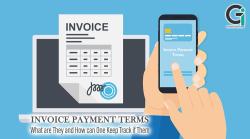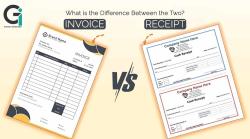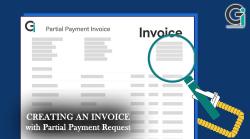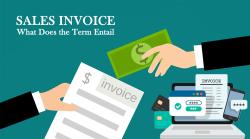Invoice vs Bill: What is the Difference Between the Two
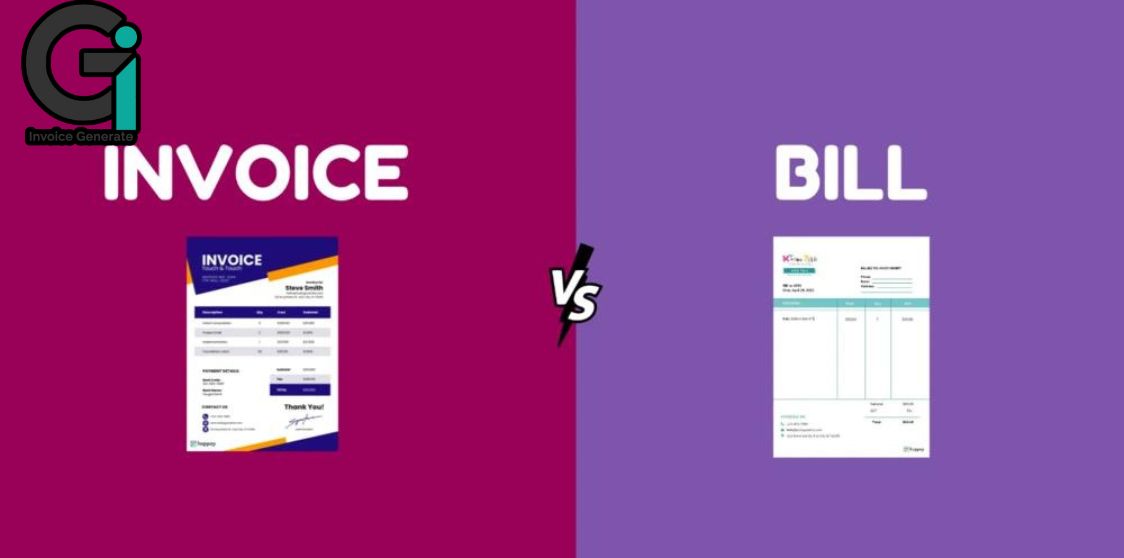
Being a freelancer or an independent contractor can be hugely rewarding. Not only do you work with your own schedule, but you are your own boss, due to which you have the flexibility to do your work and also spend some quality time with friends and family. However, a pro is always accompanied by a con. A freelancer has to face a ton of challenges that salaried employees don’t come across. One of the main challenges that a freelancer has to cope with is navigating the payment for the goods or services offered to the clients. Typically, freelancers and independent contractors resort to sending an invoice to collect payments. Sometimes these invoices are also deemed as bills which raises the question, are bills similar to an invoice? In this article, we will answer this question by pointing out the difference between the two documents.
Invoice: Definition
A dated commercial document that provides a detailed record of the transaction between a buyer and a seller is known as an invoice. The buyer and seller involved in the transaction can either be businesses or individuals. Invoices play an important role in the running of a business. They are essential elements of business accounting and hence are retained by both transaction properties for taxing purposes. When making an invoice, it must have the words “Invoice” clearly stated on it, moreover, it is also important to include an invoice number on it as it can help with organization and identification. Moreover, an invoice also includes payment terms, along with contact information of the buyer and seller. Furthermore, invoices also list down the products or services purchased, how many of each product or service is purchased, along with cost and other expenses like handling, tax, or shipping finally in the end, the total amount owed by the buyer is mentioned. Business owners, independent contractors, and companies rely on invoices to mark the deliverance or purchase of a product or service or as an end-of-month statement. An end-of-month statement is a document that details the outstanding transactions and the total among that is owed. The end-of-month statement is mostly preferred by contractors and freelancers who deal with long-term projects or regular clients. Take a freelancer copywriter as an example, the copywriter works on six articles throughout the month for one client, and the end-of-month invoice that will be issued by the freelancer will include the following elements:
- Details of all six articles
- The cost of each article
- Any additional fees
- The total amount owed for one month of invoicing period
Important Elements of an Invoice
Depending on the country you are operating in and the location of your client, the details on an invoice vary. Take the United States as an example. In the States, national sales tax such as a value-added tax or VAT is not applicable. Therefore, when doing business in the States make sure to consult both federal and state laws.
Apart from the variation in taxes and some other requirements, typical invoices mostly include the following elements:
- Details of buyer and seller that include, names of both parties, address, and contact information
- Date of invoice
- Invoice number
- Details of the services or products purchased along with the number of units and the cost of each unit
- Due date, late fees, and payment terms
- Methods of payment
- Taxes, if applicable
- Total amount owed
Bill: Definition
Even though the terms bill and invoice are used interchangeably, they harbor some nuanced differences. Just like an invoice, a bill is also a commercial document that is issued by the seller to the buyer. This document details the amount that is owed by the buyer to the seller for the services or products offered. A bill is issued to the buyer before they send the payment, it provides a record of the transaction and also serves the purpose of a reminder to the buyer to make payment.
Once the bill is issued, payment is expected immediately.
However, a mere bill is not the only player in the mix, a third player known as a bill of sale also glimpses from the shadows of transaction. Now you might be wondering what is the difference between a bill and a sale of sale/ they both have the term bill in them so how different could they be? Well, a bill focuses on the collection of payment from a payer while on the other hand, a bill of sale is a legal document that serves as evidence of the transfer of property, goods, or products from one party to another. It is a document that confirms that the seller has assigned the rights and ownership of an asset to the buyer.
Important Elements of a Bill
A bill harbors all the information included in an invoice like the details of buyer and seller, issue date, details of services provided, or products sold, payment information, applicable tax, and total amount.
Differences Between an Invoice and a Bill
- The major differences between an invoice and a bill are categorized into three main characteristics namely, payment, perception, included details, and timeframe.
- In some cases, the difference between an invoice and a bill is encapsulated within the bounds of perception. As a freelancer, businessman, or contractor you might send your customer an invoice at the end of the month requesting payment. On the other hand, the client might perceive the invoice they received as a bill. As the client is required to make a payment, regardless of the document being called an invoice, the outcome is the same just like they received a phone bill or a bill at a restaurant.
- Another difference between the two is that a bill offers a shorter timeframe in which a payment can be made. Due to this very reason service providers like electricity providers tend to rely on bills to request payments rather than invoices.
- A major difference between these two documents is that the details harbored by an invoice are more geared toward inventory tracking and record keeping.
|
Feature |
Bill |
Invoice |
|
Details of Scale |
A bill is issued by companies that require prompt payment. Information on the document mainly focuses on easy and fast payment, and minimum sakes details are given |
As invoice is used for tax, inventory and tracking purposes the details of the sale included on it are in full. |
|
Timing |
A bill is sent once the customer has received the services or products |
Even though, typically an invoice is issued to the client once they have received the services or products, but it can be issued at any time of the transaction process |
|
Order and Invoice Number |
Bills usually don’t have a unique number |
Invoices are always labeled with a unique number |
|
Payment Expectation |
Bills are issued to request for immediate payment and don’t include payment terms |
Invoices state payment terms and dye dates |



